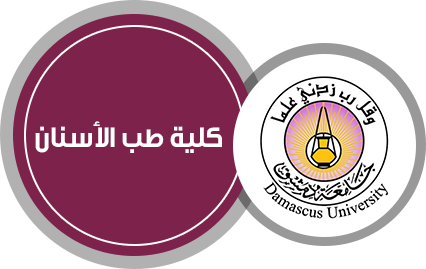|
Background
Surgical-assisted accelerated orthodontics (SAAO) has become very popular recently. Therefore, this study aimed to investigate the extent to which researchers adhere to Item 19 (harms) of the Consolidated Standards of Reporting Trials (CONSORT) in the published studies in the field of SAAO. In addition, the study evaluated the possible association between harm reporting and the human development index (HDI) of the recruited research sample country, CiteScore-based quartile (CSBQ) of the publishing journal, invasiveness of the surgical intervention (ISI), and the type of orthodontic tooth movement (TOTM). Moreover, it aimed to summarize the different possible harms and complications that maybe encountered in the course of SAAO.
Materials and methods
Electronic searching of six databases was conducted for SAAO-related English RCTs published between January 2000 and April 2022. For the RCTs that did not report harms, information was sought by contacting the corresponding authors. Descriptive statistics of the evaluated variables were performed. The association between 'harm reporting' and the HDI of the research team, the BDRQ of the publication journal, the ISI, and the TOTM were investigated. Binary logistic regression was used, and the odds ratios (ORs) with 95% confidence interval (CIs) of the evaluated variables were obtained. Moreover, the risk of bias of the included RCTs was assessed using the RoB2 tool.
Results
Among the 91 included RCTs, 54 RCTs (59.3%) did not adhere to reporting harm associated with the SAAO. The non-adherence was significantly associated with the ISI (OR 0.16; CI 0.03–0.73; p < 0.018) for invasive methods compared with minimally invasive ones). There was a significant positive correlation between harm reporting and both the CSBQ of the publishing journal and the HDI of the recruited research sample country (p = 0.001, p = 0.003, respectively). On the contrary, a non-significant association was found between harm reporting and the type of OTM (p = 0.695). The incidence of harms associated with SAAO was approximately 17.5%.
Limitations
Assessment was restricted to English RCTs related to SAAO.
Conclusion and implications
The adherence to reporting harms in the field of SAAO was deficient. Efforts should be made by authors, peer reviewers, and editors to improve compliance with the CONSORT guidelines regarding harms reporting. Additionally, there is a wide spectrum of harms that could be associated with SAAO that the practitioner should pay attention to and alert the patient to the possibility of their occurrence.
|
Abstract |






